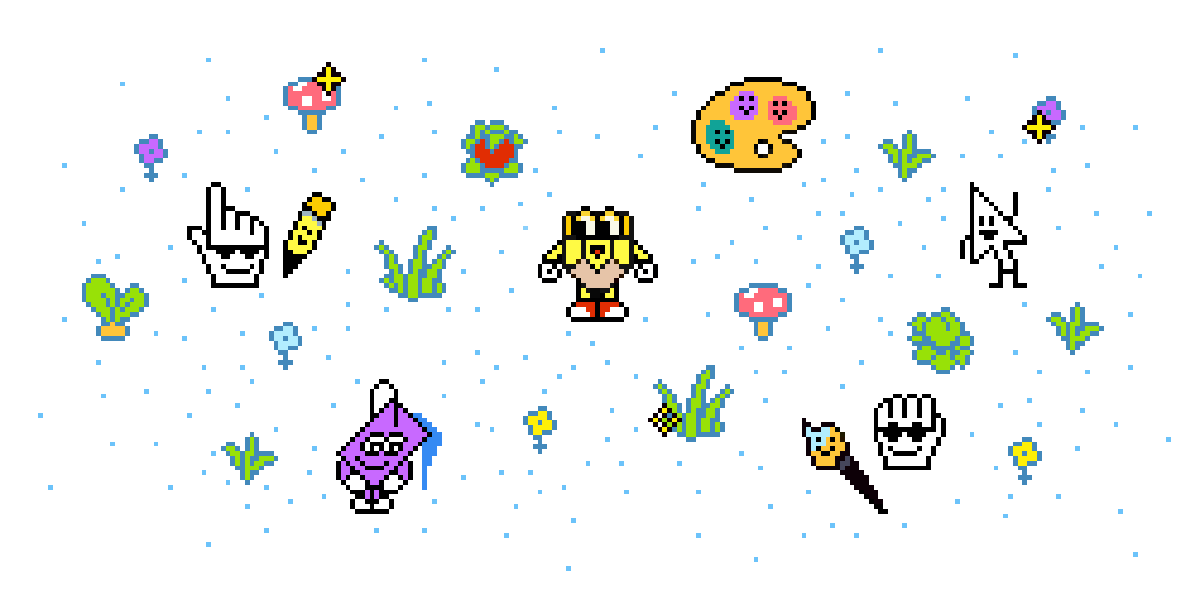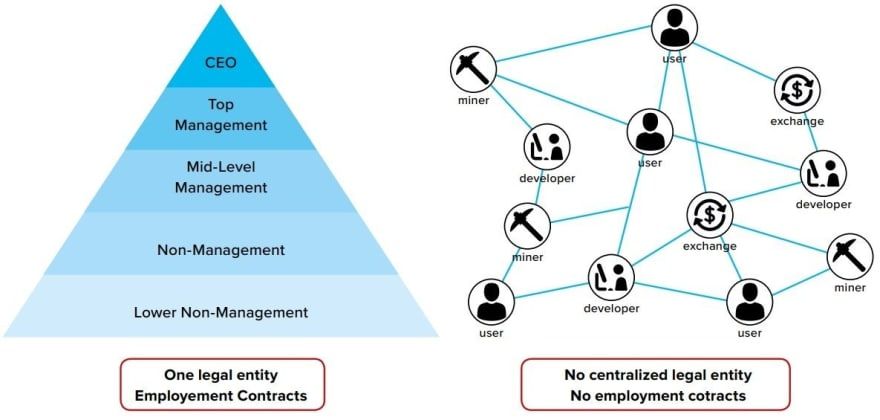by Julia Flamingo
It happened during a Sotheby's auction last November. One digital community of almost 18 000 people entered a bidding war over a first-edition copy of the U.S. Constitution, proclaiming to take to the public what is traditionally in the hand of a few selected people. The group had raised $40 million: they had 17.437 donors with a median donation of $206, who wished to collectively buy the American Constitution and hoped to place it in a museum or another public venue.

The money would be returned if they lost - which then actually happened. They were outbid by a private buyer who acquired the historical document for $43 million. Nevertheless, it was a big momentum: ConstitutionDAO fuelled a mass of mainstream interest in DAOs. The group showed the presence of a collective action in a very established auction house, manifesting the notion of community and the access they want to have to cultural and historical artifacts.
The episode is an excellent example of how DAOs can organise and show the potential of decentralised communities in the Web3 space. "They are making a bid to change the economic structure of the art world", writes Mara Veitch in the text "Could 2023 be the year of DAO?".
DAOs (pronounced dow) are Decentralized Autonomous Organizations. They are digital groups that form for a common purpose. They are run by its members and often through the use of crypto tokens. There are no boards or clubs involved, and they are organised and promoted through chat apps like Discord and social media like Twitter. These groups are nothing new, but during the pandemic and with the rise of cryptocurrencies they have earned broader attention.
These organisations are present within and outside the art world and are becoming more numerous and structured. Another example is the Unnamed Fund, a DAO organized by members and alumni of NEW INC, the New Museum's cultural incubator. They "seek to re-imagine existing models for funding creative, artistic, and entrepreneurial projects by sustaining those underserved by traditional funding through the equitable distribution of capital, across multiple impact outcomes."(1)

Unnamed Fund is in an experimental phase, but they have already tried out and democratically distributed $10K in funding. It's no secret that the art world is based on inequity, disparity, is full of gatekeepers and favours auction houses, galleries and other middlemen instead of financing those who should be the first to be valued: artists. The DAOs recognize these discrepancies and "essentially structuralize the otherwise informal ties of diffuse collectives, enabling members to pool resources and direct them toward shared aims—at the auction house, for example." (2)
Decentralised technologies such as DAOs are organised around the exchange of digital assets with scarce and monetary characteristics. They open up possibilities for aligning production, distribution and financial support in multiple new configurations. This is the main point of the book "Future Art Ecosystems: Vol.3 Art x Decentralised Tech", a publication conceptualised by Serpentine Arts Technologies an initiative of the London-based Serpentine Galleries. The small book defends that DAOs and other advanced technologies like smart contracts can play a role in rethinking the way the art world functions. "A common objective shared by many operating in the space is to redistribute various forms of power from and within the legacy institutional world. [...] The scope of projected influence included monetary systems, governance, financial markets and wider socio-technical infrastructure." (3)

In the latest article on Artpool blog, we talked about the importance of collective curatorial work. Such horizontalized groups have always been a form of resistance in the art world. DAOs are perhaps a step further. They are not only concerned with collective thinking and shared art production but also how to use technologies in their favour to propose new forms of governance, make shared decisions, and a much-needed equitable distribution of capital. Berlin-based Black Swan DAO is cited in the Future Art Ecosystems book as an artist collective that pursues horizontal and decentralised approaches to art making by allocating art production funding.
The 19th Century cultural institution casts itself as the steward of aesthetic judgement and the educator of a passive and receptive public. Contemporary art institutions are still embedded in these values. New technologies not only provide artists and creatives with means to experiment with contemporary media but to deconstruct this legacy. "Through the much-needed separation of economic governance power, decentralised technologies such as DAOs can shed their speculative and plutocratic dynamics, freeing 'tokens' to take on more pluralistic functions within a decentralised ecosystem vis-a-vis access, identity and ownership." (4) For example, allowing audiences a stake in the work or in shaping a curatorial programme. These crypto-economies are part of another dynamic and bring new paths - most of which are still highly propositional.
What would happen if ConstitutionDAO was indeed the highest bidder at Sotheby's? Let's follow what happens in 2023.
References:
(1) https://unnamed.fund/#what
(2) Could 2023 be the year of the DAO?
(3) https://futureartecosystems.org/
(4) https://d37zoqglehb9o7.cloudfront.net/uploads/2022/11/FAE3_ArtxDecentralised-Tech.pdf